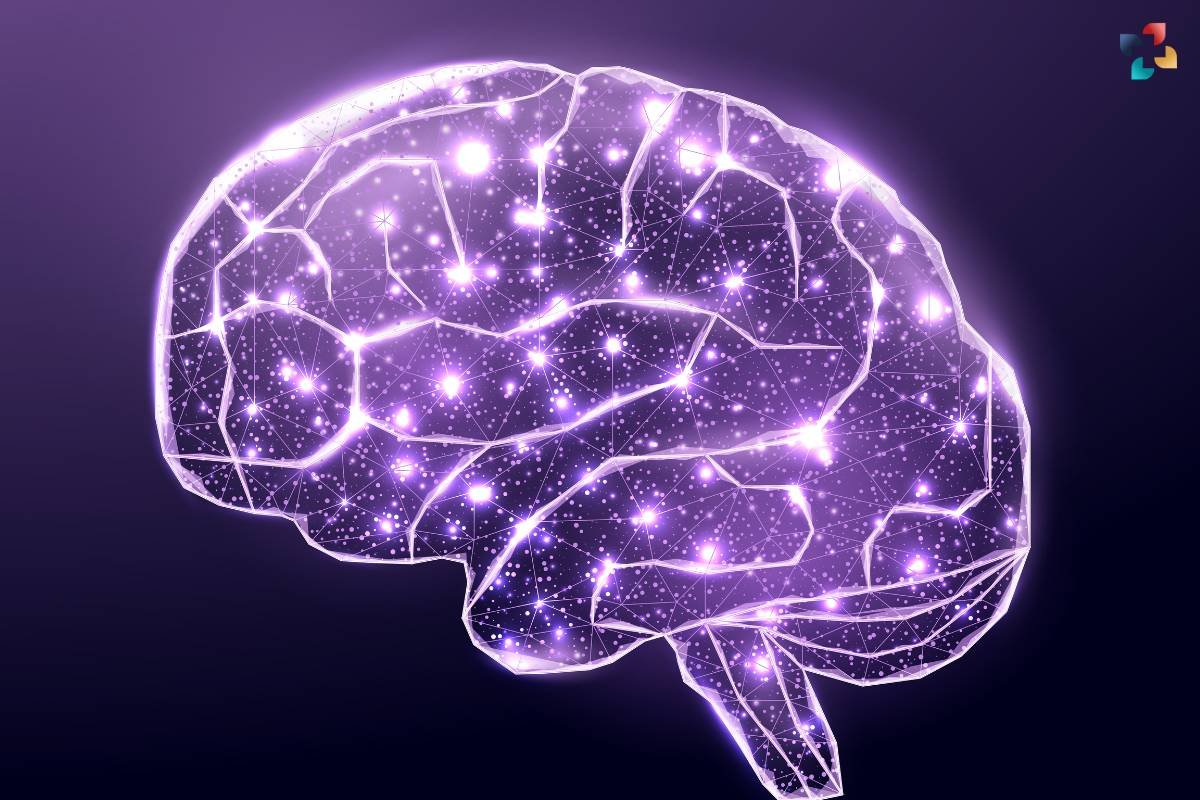Introduction:
The Level of Consciousness (LOC) is a critical indicator of an individual’s overall health and neurological function. Healthcare professionals use various assessment tools to evaluate LOC, helping to identify potential medical emergencies and guide appropriate interventions. In this comprehensive guide, we explore the significance of assessing LOC in medical care and its implications for patient outcomes.
Importance of Assessing Level of Consciousness:
The Level of Consciousness (LOC) refers to the degree of awareness and responsiveness a person exhibits towards their environment and themselves. It serves as a vital sign in medical assessment, providing valuable insights into a patient’s neurological status, cognitive function, and overall well-being. Assessing LOC allows healthcare providers to quickly identify changes in mental status, detect underlying neurological conditions, and monitor the progression of acute illnesses or injuries.
Understanding the various levels of consciousness and their significance can help healthcare professionals make informed decisions regarding patient care and treatment plans. Whether assessing a patient in the emergency department, intensive care unit, or outpatient setting, evaluating LOC is a fundamental aspect of clinical practice.
Assessment Tools for Evaluating Level of Consciousness:

Several standardized assessment tools are available to healthcare providers for evaluating LOC. The Glasgow Coma Scale (GCS) is one of the most widely used tools for assessing neurological function and consciousness in patients with traumatic brain injuries, strokes, or other acute conditions. The GCS assigns numerical scores based on a patient’s eye, motor, and verbal responses, with lower scores indicating a lower level of consciousness and potential neurological impairment.
In addition to the GCS, other assessment tools such as the AVPU scale (Alert, Voice, Pain, Unresponsive), the Richmond Agitation-Sedation Scale (RASS), and the Alert, Verbal, Pain, Unresponsive (AVPU) scale are commonly used in clinical practice. These tools provide healthcare providers with objective measures to evaluate a patient’s LOC, responsiveness, and neurological status.
Clinical Implications of Altered Level of Consciousness:
Changes in LOC can indicate various medical conditions, ranging from minor disturbances to life-threatening emergencies. For example, decreased consciousness may result from head injuries, strokes, seizures, drug intoxication, metabolic disturbances, or infections affecting the central nervous system. Conversely, increased agitation or confusion may be indicative of conditions such as delirium, psychosis, or acute neurological events.
Prompt recognition and management of altered LOC are crucial for optimizing patient outcomes and preventing further deterioration. Healthcare providers must conduct a thorough assessment, including a review of medical history, physical examination, and diagnostic tests, to determine the underlying cause of altered consciousness and initiate appropriate interventions accordingly.

In addition to the conditions mentioned, altered levels of consciousness can also be associated with systemic illnesses such as sepsis, hypoglycemia, electrolyte imbalances, and cardiac events. These conditions can lead to impaired brain function and altered mental status, necessitating immediate medical attention.
Prompt recognition of altered LOC is vital in both hospital and pre-hospital settings, as it can help guide timely interventions and prevent adverse outcomes. Healthcare providers should prioritize assessing LOC in patients presenting with neurological symptoms, altered behavior, or unexplained changes in mental status.
Effective management of altered LOC involves addressing the underlying cause while ensuring patient safety and stability. This may include administering medications to treat seizures, correcting metabolic imbalances, providing supportive care to maintain airway and circulation, and monitoring vital signs and neurological status closely.
Collaboration among healthcare professionals, including emergency physicians, neurologists, intensivists, and nurses, is essential for delivering comprehensive care and optimizing patient outcomes. By recognizing the clinical implications of altered LOC and implementing appropriate management strategies, healthcare providers can help mitigate the risk of complications and improve patient prognosis.
Treatment and Management Strategies:
The management of altered LOC depends on the underlying cause and severity of the condition. In cases of acute neurological emergencies, such as traumatic brain injuries or strokes, immediate medical intervention is necessary to stabilize the patient, prevent further injury, and preserve neurological function. This may involve airway management, oxygen therapy, intravenous fluids, and medications to control seizures or reduce intracranial pressure.

In less acute settings, such as cases of delirium or intoxication, supportive care and symptom management are essential. Healthcare providers may focus on addressing the underlying cause, providing a safe environment, and monitoring for complications while the patient’s level of consciousness improves. Multidisciplinary care involving neurologists, intensivists, psychiatrists, and other specialists may be necessary to optimize patient outcomes and facilitate recovery.
Conclusion:
The assessment of Level of Consciousness (LOC) is a fundamental aspect of medical care, providing valuable insights into a patient’s neurological status, cognitive function, and overall well-being. By employing standardized assessment tools and clinical judgment, healthcare providers can promptly identify changes in mental status, diagnose underlying conditions, and implement appropriate interventions to optimize patient outcomes. As healthcare continues to evolve, maintaining vigilance in assessing LOC remains essential for delivering high-quality and patient-centered care.
FAQs
1. What is the level of consciousness (LOC)?
The level of consciousness refers to a person’s state of awareness and responsiveness to stimuli. It can range from fully alert and oriented to unresponsive or comatose.
2. What are the common causes of altered LOC?
Altered levels of consciousness can result from various medical conditions, including head injuries, strokes, seizures, drug intoxication, metabolic disturbances, infections, systemic illnesses, and neurological disorders.
3. How is the level of consciousness assessed?
Healthcare providers assess LOC using standardized scales, such as the Glasgow Coma Scale (GCS), which evaluates eye opening, verbal response, and motor response. Other assessment tools may include observing the patient’s responsiveness, orientation to person, place, and time, and ability to follow commands.
4. When should I seek medical attention for altered LOC?
It is essential to seek immediate medical attention if you or someone else experiences sudden changes in consciousness, such as confusion, disorientation, loss of consciousness, or inability to wake up. These symptoms may indicate a serious medical emergency requiring prompt evaluation and treatment.
5. How is altered LOC managed?
Management of altered LOC depends on the underlying cause. Treatment may involve addressing medical emergencies, stabilizing vital signs, administering medications, correcting metabolic imbalances, providing supportive care, and monitoring neurological status closely. Prompt recognition and appropriate management are crucial for optimizing patient outcomes.







